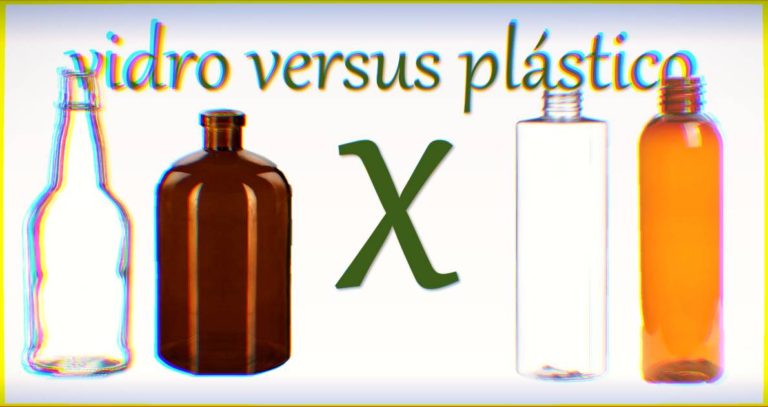Advertisements
A selective collection in condominiums is an increasingly necessary practice, both for environmental sustainability and for saving resources. The process, however, requires organization, planning and the participation of all residents and employees. In this post, we will explore how selective collection can be implemented efficiently, highlighting the basic guidelines to ensure your success, as well as showing that it is possible in any condominium, regardless of its size.

Infrastructure Required for Selective Collection
The first step to implementing the selective collection in a condominium is to ensure that adequate infrastructure is available. The needs may vary depending on the size of the condominium, but some basic guidelines are common to all types of developments.
Small and Medium Condominiums:
- Installing bins for recyclable materials on each floor can facilitate selective collection.
- It is not necessary to separate recyclable materials (glass, paper, plastic and metal) unless the company responsible for collection requires it.
Large Condominiums:
- Evaluate the installation of differentiated collection containers (paper, plastic, glass and metal) in strategic locations, such as garages and common areas.
- Using more robust containers, such as flour sacks, can be a solution for storing heavier materials, such as glass and metal.
Other Important Elements:
- Storage space needs to be large, avoiding the accumulation of common and recyclable waste in the same place.
- Preventing fires is essential, so materials such as paper and plastic, which are combustible, should not be stored for long periods or near electrical installations.
Equipment such as can and bottle crushers can significantly reduce the volume of waste, as well as wheeled bins that make it easier to transport. Equipping employees with Personal Protective Equipment (PPE), such as gloves and boots, is also essential, as sharp waste may be present.
Delivery of Collected Materials
One of the most critical steps of the selective collection In condominiums, the delivery of collected materials is the main step. For the process to be efficient and sustainable, this phase must be planned carefully. There are several options for correctly disposing of recyclable materials, and they vary according to the size of the condominium and the infrastructure available in the city.
Main Delivery Options:
- Collectors' cooperatives: Ideal for small and medium-sized condominiums that cannot accumulate large quantities of recyclable material. Cooperatives ensure that the material is reused correctly and also generate income for the collectors.
- Buying companies: Large condominiums can count on companies that buy recyclable materials. These companies collect the material from the condominium itself, but require a minimum quantity for the process to be viable.
- Voluntary delivery points: For condominiums where selective collection has not yet been implemented or where there are no agreements with cooperatives or companies, residents can deposit recyclable materials at delivery points spread throughout the city.
Another option is to check whether the city has a municipal selective collection service, which can be a practical and sustainable solution for the condominium.
Employee Training
The success of selective collection depends largely on the involvement and training of the condominium staff. It is essential to ensure that they are aware of the basic guidelines of the process and know how to handle and store recyclable materials correctly.
Small and Medium-sized Condominiums:
- Employee training is usually simple, requiring only that they learn how to separate waste and deliver it to the company or cooperative responsible for collection.
Large Condominiums:
- In these cases, more detailed training may be required. Some recyclables buyers require more specific sorting, such as separating PET bottles from other plastics or differentiating cardboard from other types of paper.
In addition, many condominiums use the revenue generated by the sale of recyclable materials to reward employees, further encouraging participation in the program.
Resident Engagement and Communication
No program of selective collection will not be successful without the involvement of residents. It is essential that everyone participates actively, understanding the importance of the process and adopting the practice as part of their daily routine. Clear and constant communication is key to ensuring this adherence.
Tips for Engaging Residents:
- Hold meetings with residents and employees, such as cleaners and domestic workers, who are often responsible for disposing of waste.
- Explain the importance of cleaning recyclable materials before disposal. Contaminated waste has less value and can make recycling more difficult.
- Create a communication space on the condominium notice board, sharing information about the selective collection, its goals and the environmental and financial benefits.
Clear and open communication, combined with small educational campaigns, can make a difference to the success of selective collection in the condominium.
Basic Guidelines for Implementing Selective Collection
The implementation of the selective collection follow some basic guidelines which, if respected, guarantee a more efficient and organized process. These guidelines are applicable to condominiums of different sizes and realities.
Essential Guidelines:
- Planning: Assess the infrastructure and needs of the condominium before starting the process.
- Partnerships: Establish partnerships with waste picker cooperatives, recycling companies or the municipality's selective collection service.
- Training: Ensure all employees are properly trained and equipped with PPE.
- Engagement: Inform and involve residents clearly and constantly.
Following these guidelines not only makes the process easier, selective collection, but also ensures that it is maintained in the long term, bringing benefits to both the condominium and the environment.
Conclusion: It is possible in any condominium
A selective collection is a practice that it is possible in any condominium, regardless of their size or infrastructure. With good planning, adequate training and the involvement of residents, the process becomes simple and efficient. In addition to the obvious environmental benefits, such as waste reduction and resource savings, selective collection It can also generate financial savings and improve the quality of life in the condominium.
Invest in selective collection is investing in the future, ensuring that waste is treated responsibly and sustainably. If your condominium has not yet adopted this practice, now is the ideal time to start!
Check out other interesting facts about recycling clicking here.
Learn how to make art by recycling, Click here.




Excellent information, it added a lot of content to my research. I found the information very practical. Thank you!
Luiz Lyrio
Thank you very much for the comment Luiz!